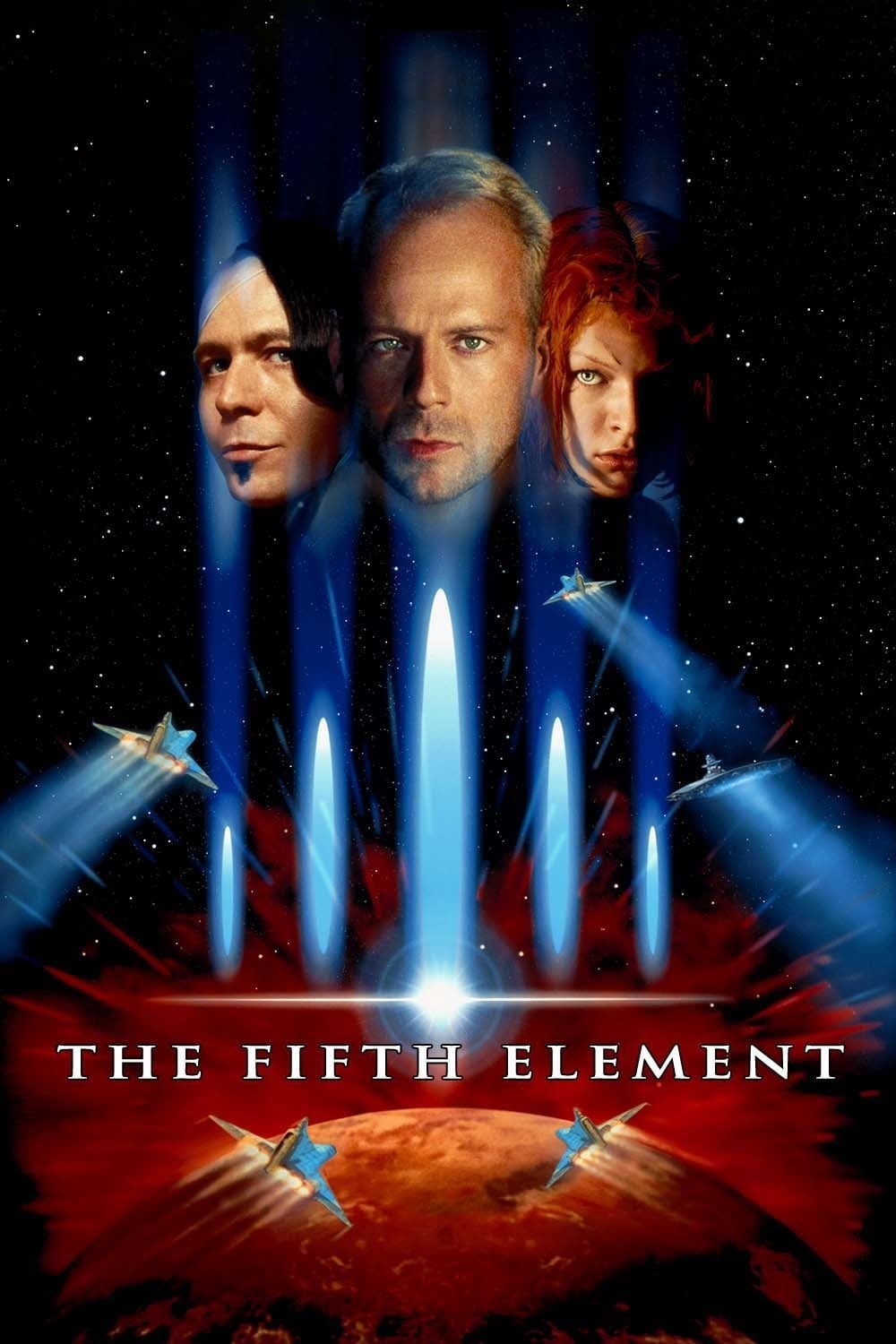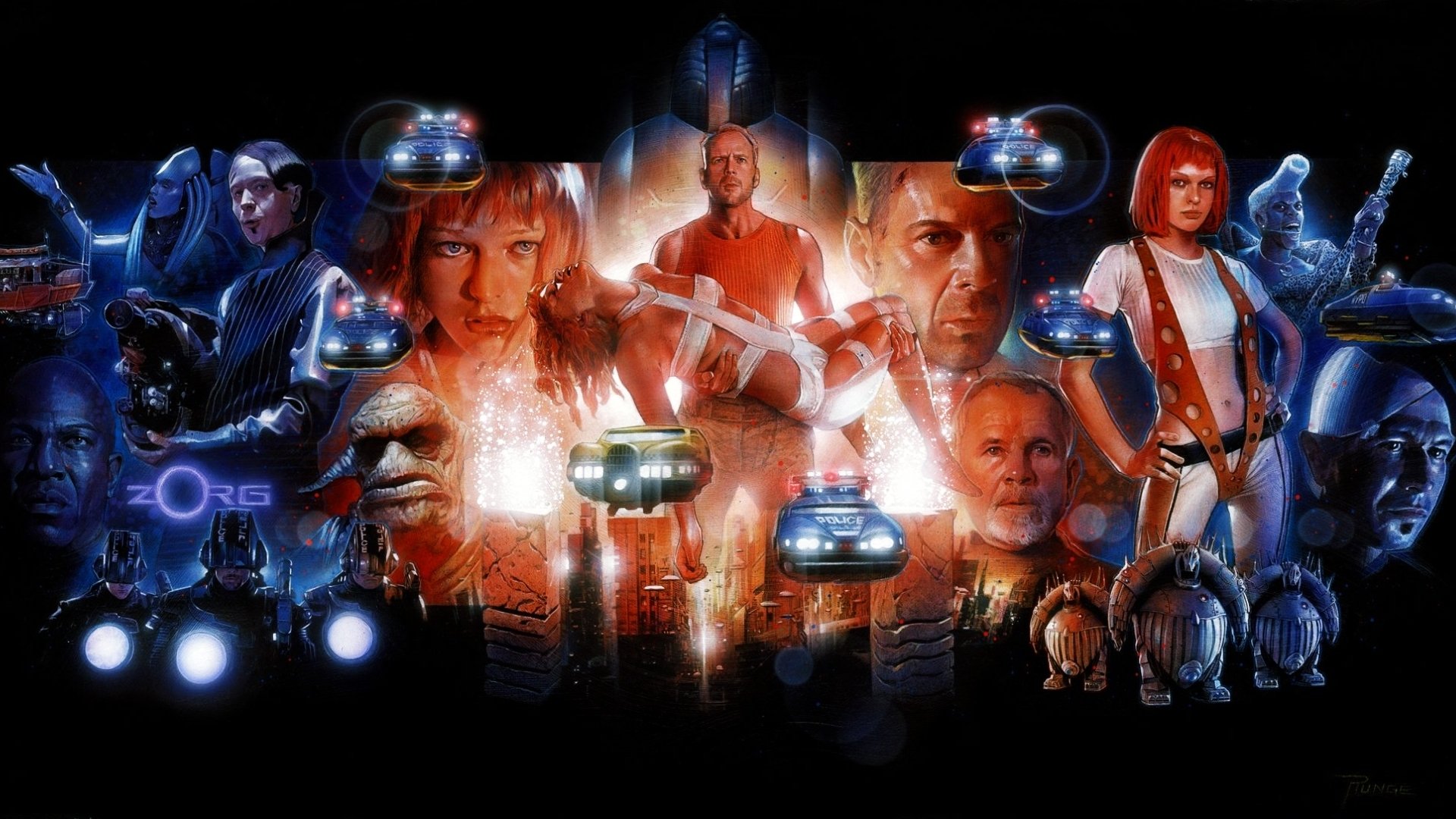Beyond the Diva Plavalaguna: A Deep Dive into Luc Besson's The Fifth Element
Luc Besson's The Fifth Element (1997) isn't just a sci-fi action flick; it's a vibrant, chaotic, and surprisingly layered cinematic experience that continues to fascinate and inspire nearly three decades later. While its surface-level spectacle is undeniable – Milla Jovovich as Leeloo, Bruce Willis's weary charm, the unforgettable opera singer Diva Plavalaguna – a deeper look reveals a film far more complex and nuanced than its initial burst of energy suggests.
A Symphony of Chaos: Style Over Substance? Think Again.
Many dismiss The Fifth Element as style over substance, a visually stunning but ultimately empty action film. This criticism, however, misses the point. Besson's vision isn't about a meticulously crafted plot; it's about creating a feeling, a visceral experience that overwhelms the senses. The film's frenetic pace, its vibrant color palette, its eclectic blend of genres – all contribute to this overwhelming sensory assault. This isn't haphazard chaos, though; it's orchestrated chaos, meticulously designed to draw the audience into its fantastical world. The film's seemingly disparate elements – from the futuristic cityscape to the ancient prophecies, from the slapstick humor to the existential threat – coalesce to form a unique and unforgettable whole.
More Than Just a Damsel: Leeloo's Unexpected Depth
Leeloo Dallas Multipass isn't just a beautiful, genetically engineered warrior; she's a powerful symbol of creation and primal energy. Her journey isn't just about saving the world; it's about self-discovery and the evolution of consciousness. Her naiveté and childlike wonder offer a compelling counterpoint to the cynicism of Korben Dallas (Willis) and the bureaucratic inertia of the supporting characters. Leeloo's transformation from a naive being to a powerful protector is a subtle but significant element of the film's narrative, enriching it beyond a simple "save the world" plot.
A Surprisingly Relevant Prophecy: Echoes of Our Times
While set in the 23rd century, The Fifth Element subtly touches on contemporary anxieties. The looming threat of universal destruction isn't simply a sci-fi trope; it acts as a metaphor for the various existential threats facing humanity – environmental collapse, political turmoil, and the potential for self-annihilation. The film's seemingly whimsical approach to these themes actually allows it to engage with them on a more profound level, prompting reflection without resorting to heavy-handed didacticism. The film's message of hope and the importance of unity, in the face of overwhelming odds, remains strikingly relevant today.
Beyond the Spectacle: A Lasting Legacy
The Fifth Element isn't just a product of its time; it transcends its era. Its influence can be seen in countless subsequent science fiction films and video games, its vibrant aesthetic and unforgettable characters cementing its place in popular culture. More than just a visually stunning spectacle, it's a film that rewards repeated viewings, revealing new layers of meaning and appreciation with each encounter. It's a film that dares to be different, that embraces chaos and celebrates its own unique brand of cinematic madness, leaving a lasting impact long after the credits roll. So, beyond the dazzling visuals and the catchy soundtrack, delve deeper into the vibrant heart of this unforgettable cinematic masterpiece. You might just be surprised by what you find.


